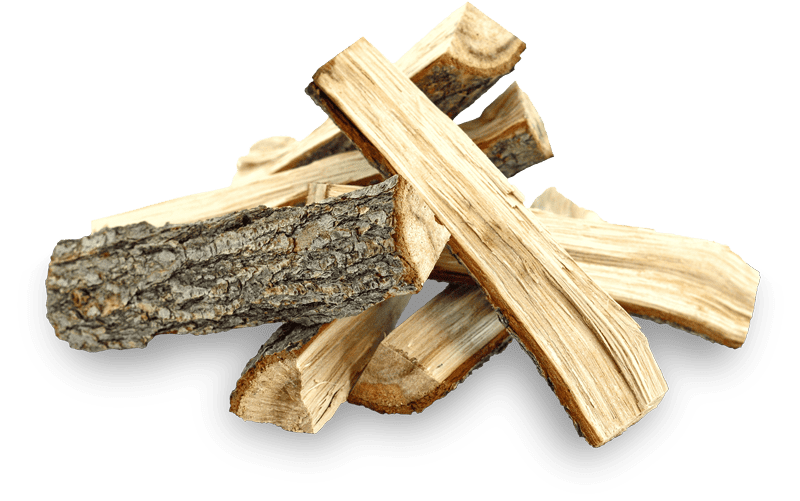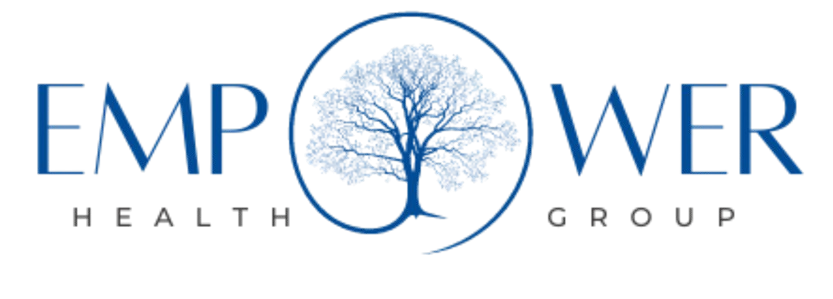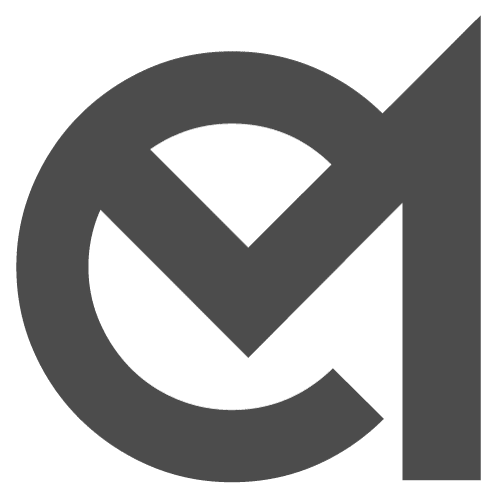Recreational Drug Use Definition

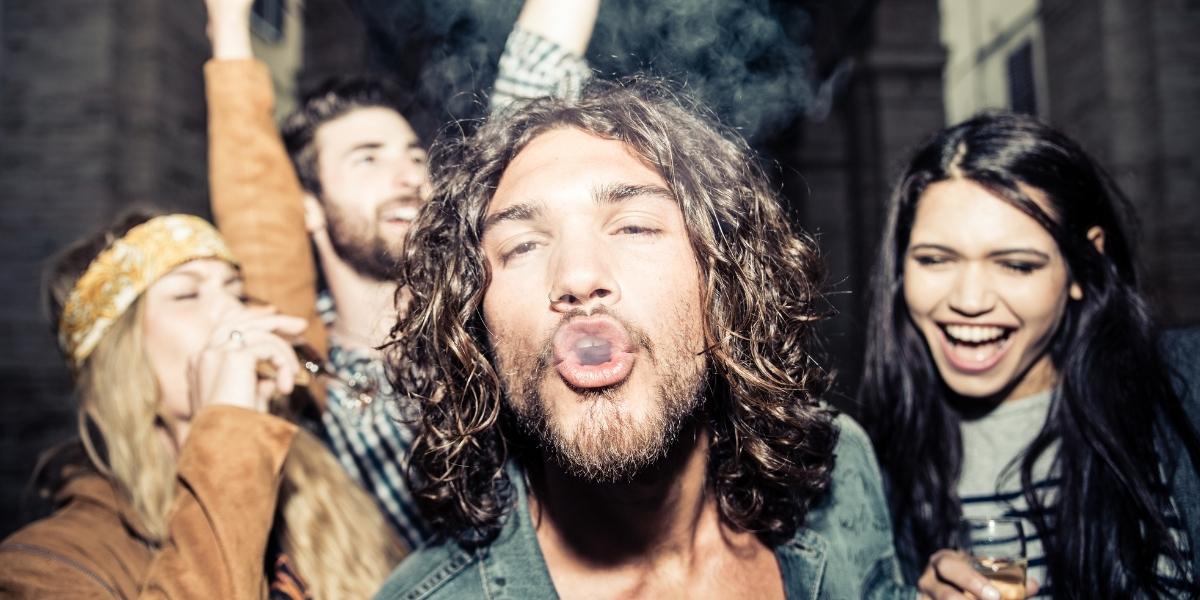
Medical Writer:
Reviewer:

Johnny Kim
Executive Psychotherapist
Medical Writer:
Reviewer:

Johnny Kim
Executive Psychotherapist
Recreational Drug Use Definition
The standard definition of recreational drug use is taking a chemical substance for the physical or psychoactive effects and enjoyment. Recreational drug use differs from self-medicating, physical dependence, or full-blown addiction, but it still carries unique risks and issues, including developing mental health issues and substance use disorders.
Recreational drug users are most likely to be young adults and don’t have an established pattern or frequency for taking drugs; some don’t even have a favorite drug; they experiment with whatever is available. They either outgrow drug use or develop a more severe substance abuse problem as time passes.
Table of Contents
Toggle
What Are Recreational Drugs?
Recreational drugs, sometimes called social drugs, are any chemical substances with no medical use or prescription medications used outside their intended purpose.
There are two types of recreational drugs— legal and illegal. Legal recreational drugs include alcohol, tobacco, prescription medications, and in some areas, marijuana. Even though it is legal to use prescription drugs, using or possessing them without a valid prescription in your name is still considered drug abuse and can result in legal consequences.
Some chemical substances used to get high, like inhalants and kratom, are technically legal and sold for other purposes. However, they are still dangerous and have a high potential for abuse and addiction. Illegal recreational drugs include drugs with no medical purpose, like heroin, LSD, magic mushrooms, GHB, crack, cocaine, crystal meth, and more.
The desired effects of recreational drugs include everything from stimulating, relaxing, or hallucinogenic. Recreational drug users frequently experiment or mix chemical substances intentionally for specific psychoactive effects or accidentally because their judgment is impaired or what they take is misrepresented and ends up being a different drug.

List of Recreational Drugs
Recreational drugs include any drug used for fun or escape, including alcohol, cocaine, magic mushrooms, LSD, ecstasy, benzodiazepines, amphetamines, methamphetamines, and opioids.
It is important to remember that legal and illicit drugs are never 100% safe. Misusing or combining them has a high potential for unwanted side effects and overdose.
Alcohol
Alcohol is the most widely available and accepted legal recreational drug; it is a central nervous system depressant. Alcohol causes feelings of relaxation, drowsiness, increased sociability, contentment, confidence, impaired judgment, and delayed reaction times.
Cocaine
Cocaine is a stimulant in white powder form or smokable crack cocaine. Using cocaine or crack cocaine causes increased alertness, energy, confidence, and appetite suppression. Recreational drug users often use cocaine to feel the effects of drinking less, allowing them to drink for more extended periods.
Magic Mushrooms
Magic mushrooms, or shrooms, are naturally occurring edibles with psychoactive effects that cause increased sensitivity to stimuli and produce mild to intense hallucinations and disassociative effects.
LSD
LSD is a lab-created drug in liquid, tablet, or dissolvable tissue form. LSD trips are long-lasting with intense hallucinogenic effects or “acid trips” that cause visual, auditory, and tactile hallucinations. Some users believe it gives them a higher state of consciousness and alters their perception of the world.
Ecstasy
Ecstasy is the manufactured pill form of MDMA, commonly called a rave or club drug. Users take ecstasy to experience increased pleasurable responses to stimuli and intense feelings of love and connection with other people.
Benzodiazepines
Benzodiazepines are prescription sedatives used to relieve anxiety and panic disorders. When used recreationally, benzos cause relaxation, calm, and euphoria. Recreational drug users frequently mix benzodiazepines with alcohol.
Amphetamines
Amphetamines are prescription stimulants used to treat attention deficit hyperactivity disorder (ADHD) and narcolepsy. Recreational users like them to increase energy and focus. Amphetamines also mask the sedative effects of alcohol and allow people to drink more.
Methamphetamines
Methamphetamines are the more potent, homemade, illegal drug version of amphetamines that cause intense, long-term periods of heightened energy and alertness. Meth, or crystal meth, is also known to increase sex drive and cause illusions of superhuman strength and immunity to pain.
Opioids
Opioids are potent central nervous system depressants that come as prescription medications for chronic pain or illicit drugs like heroin. Recreational users enjoy the sedative effects and feelings of euphoria and relaxation.
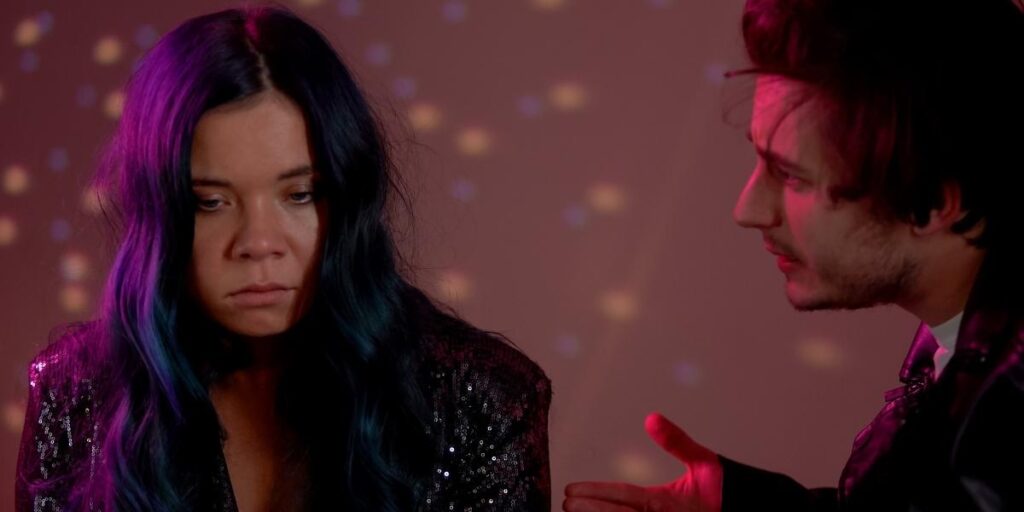
Drug Use vs. Addiction
As previously mentioned, drug use happens in various circumstances and for many different reasons; addiction is a chronic disease that causes long-term physical and mental changes.
The primary differences between casual or recreational drug use and a substance use disorder include the following:
- Patterns and frequency of use
- Drug cravings
- Physical and mental dependence
- Experiencing escalating negative consequences
- Experiencing withdrawal symptoms
While many young people engage in recreational drug use, it is impossible to predict which ones will develop substance use disorders and require professional treatment to overcome them. However, some factors indicate a high probability of recreational drug use leading to a substance use disorder.
Risk factors for developing an addiction include:
- Peer pressure to repeatedly use drugs
- Exposure to drugs at a young age
- A personal or family history of substance abuse
- Mental health conditions
- Biology and genetic factors
- Impulsive tendencies
- Traumatic experiences
The correlation between recreational drug use and addiction is closer than many realize. One long-term study revealed that after six months, recreational drug users who used four or fewer times a month had progressed to using weekly and often used harder drugs than before and met the diagnostic standards for substance use disorders.
Addiction Treatment in Northridge, California
If you or a loved one feel like you’ve lost control of your life to substance use, another way of life is possible. At White Oak Recovery Center, we specialize in evidence-based addiction treatment for substance use and mental health disorders. Your recovery is our purpose.
We offer onsite medical detox and comprehensive residential inpatient treatment to address the roots of your addiction with individual and group therapies that help you develop the skills and confidence to live a fulfilled and meaningful life free from substance abuse.
Reach out to our treatment specialists to begin a new life rooted in recovery.

Am I covered for addiction treatment?
Your insurance may cover treatment. Call now for an entirely free and confidential assessment. Recovery starts with a phone call.

1. “Recreational Drug.” Handbook of Analytical Techniques for Forensic Samples, Science Direct, Jun. 2021.
2. “The Science of Drug Use: A Handbook for the Justice Sector.” National Institute on Drug Abuse, May 2020.
3. Baumann, Michael H. “The Changing Face of Recreational Drug Use.” Cerebrum: the Dana Forum on Brain Science, Jan. 2016.
4. Morgan, Celia J A, et al. “Harms and Benefits Associated with Psychoactive Drugs: Findings of an International Survey of Active Drug Users.” Journal of Psychopharmacology, Jun. 2013.
5. Bernstein, Judith, et al. “Recreational Drug Use Among Primary Care Patients: Implications of a Positive Self-Report.” Annals of Family Medicine, May 2015.
6. Quintero, Gilbert. “Problematizing ‘Drugs’: A Cultural Assessment of Recreational Pharmaceutical Use Among Young Adults in the US.” National Institutes of Health, Oct. 2012.
7. “Introduction to Drug Misuse.” National Institutes of Health, Apr. 2008.
Medical Disclaimer:



